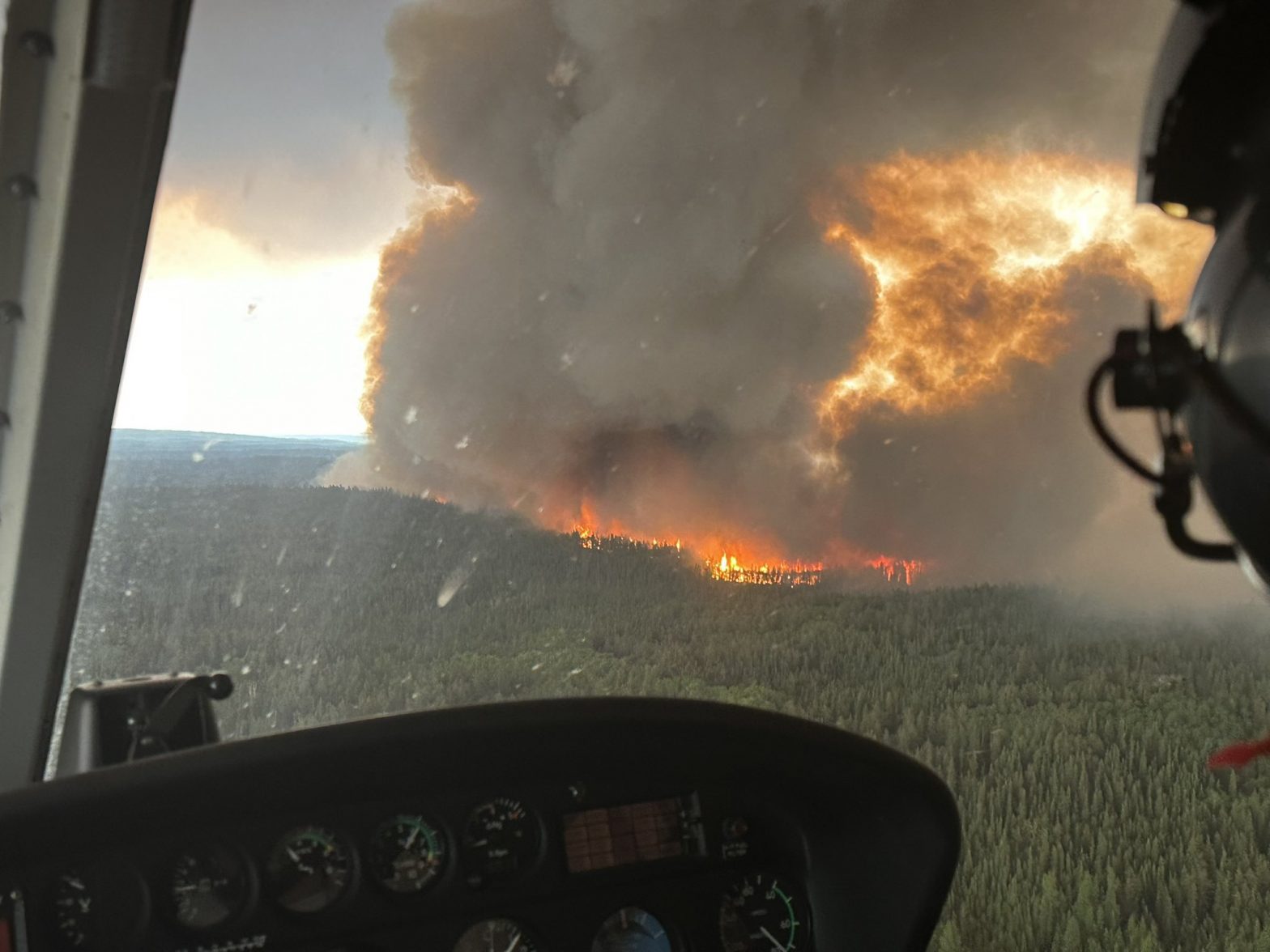A record 160 million tons of carbon have been released into the atmosphere by wildfires raging in wide portions of eastern and western Canada, according to the Copernicus Atmospheric Monitoring Service of the EU.
With over 76,000 sqkm (29,000 square miles) of fires raging across eastern and western Canada, this year’s wildfire season in Canada is the worst on record. According to the Canadian Interagency Forest Fire Centre, that is more than the total area burned in 2016, 2019, 2020, and 2022.
With 140 million tons more than 2014 as of June 26, the annual emissions from the fires are now the highest for Canada since satellite monitoring started in 2003.
“The difference is that eastern Canada fires are driving this growth in emissions more than just western Canada,” stated Copernicus Senior Scientist Mark Parrington. He claimed that the emissions coming from simply Alberta and British Columbia are far from breaking any records.
The effects of Canada’s fires on the atmosphere and the air we breathe worry scientists the most.
The amount of carbon they have released is roughly equal to Indonesia’s yearly output of carbon dioxide from burning fossil fuels.
A vital carbon sink for the planet’s warming is provided by forests. More than 200 billion tons of carbon are thought to be stored in Canada’s northern boreal forest, which is equal to several decades’ worth of global carbon emissions. However, part of that carbon is released into the atmosphere when forests fire. This accelerates global warming and sets up a hazardous feedback loop by making it more likely for forests to burn.
In June, smoke from the Canadian wildfires covered a number of large cities, including New York City and Toronto, tinting the skies an unsettling orange.
Authorities for public health issued air quality alerts and advised citizens to stay indoors. Heart attacks, strokes, and more ER visits for respiratory disorders have all been related to wildfire smoke.
Also Read: World Trade Center in New York City disappears behind smoke from Canada wildfires: Watch video
The plume has now travelled across the North Atlantic. This week in Europe, hazy skies and vibrant orange sunsets are anticipated due to the worsening flames in Quebec and Ontario, according to Parrington. Surface air quality won’t likely be affected, though, as the smoke is expected to remain higher in the atmosphere.







